Showing 165 news posts

9 July 2025
An opportunity for everyone to be involved!

16 June 2025
Wessex Water programme plays part in biodiversity drive
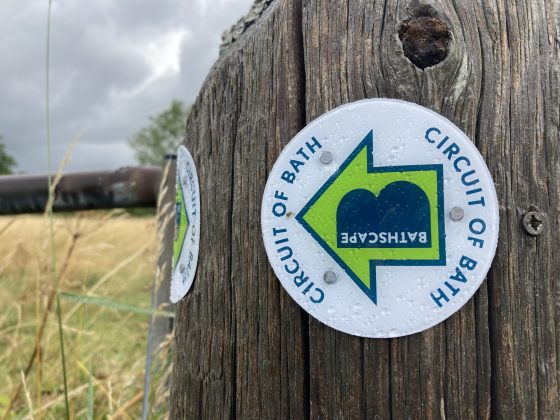
15 May 2025
Fantastic feedback
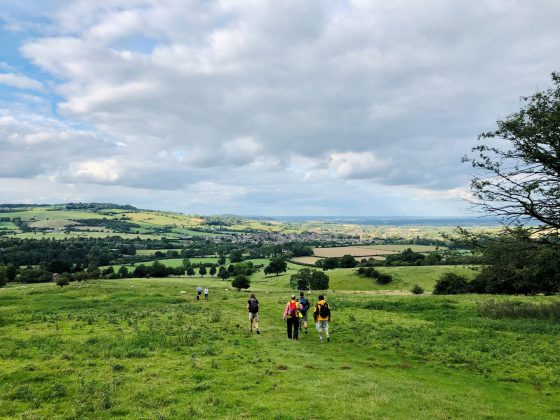
17 April 2025
We're looking for new Board members
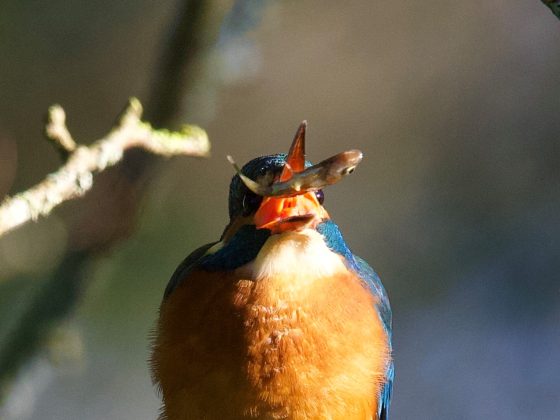
20 March 2025
Everyone's Evenlode and ECP make a splash
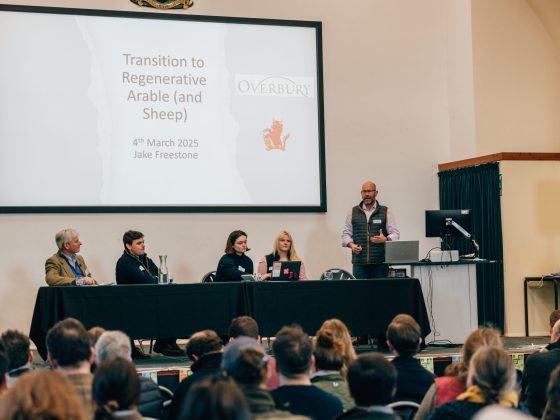
5 March 2025
Regenerative Agriculture Conference 2025
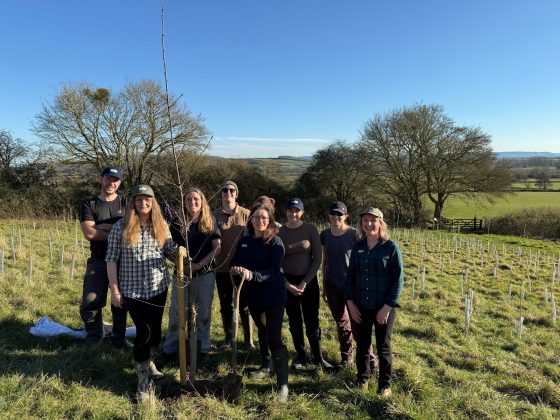
5 March 2025
Tree-mendous
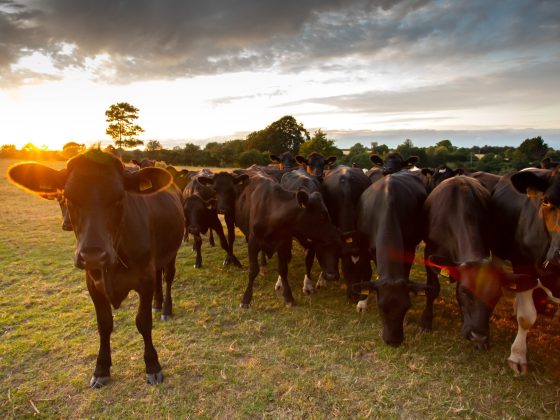
27 February 2025
Farming in Protected Landscapes programme extended
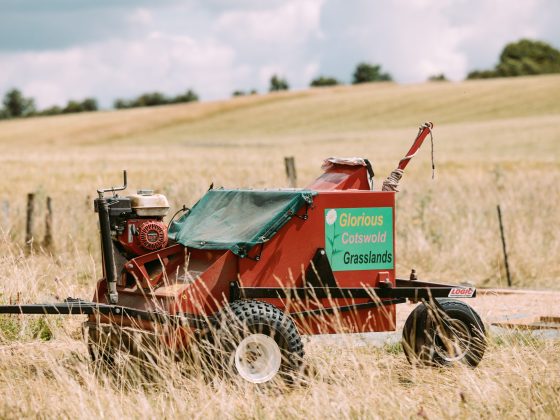
19 February 2025
What's in a name?
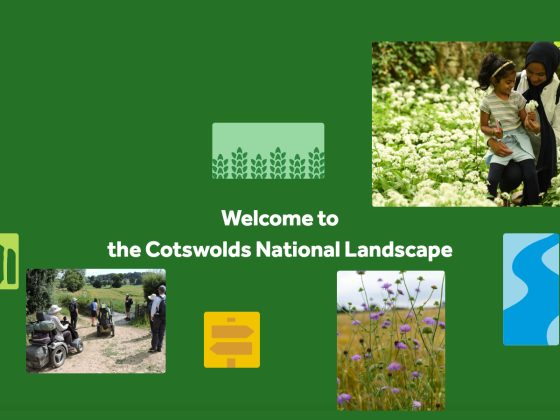
12 February 2025
Welcome to our new website

6 February 2025
Celebrating the FiPL Ripple

3 February 2025